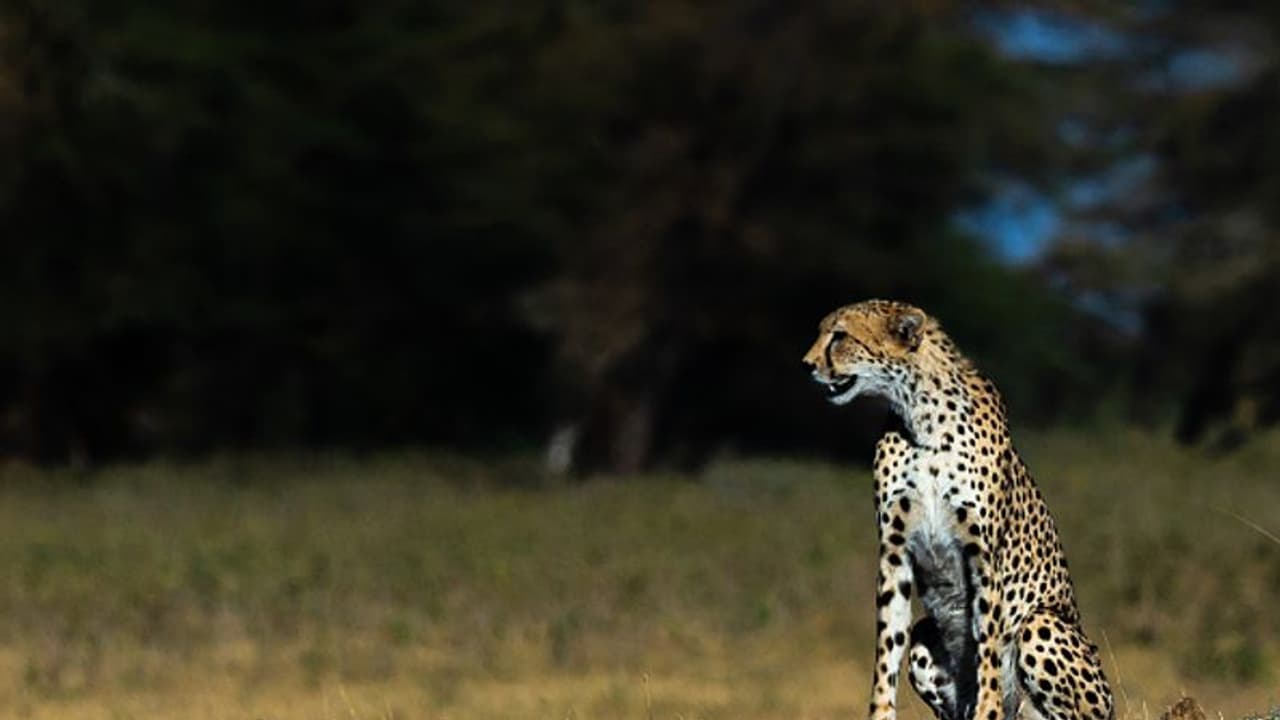The first batch comprising four males and as many female cheetahs is expected to arrive from Namibia by August 15. South Africa plans to provide more cheetahs to India until the population is viable.
The first-of-its-kind project in the world to introduce South African and Namibian cheetahs into Indian wildlife reserves can pose challenges and provide unique research opportunities, a leading South African expert has said.

Also Read: Wheels in motion to reintroduce Cheetahs in India
According to Professor Adrian Tordiffe of the University of Pretoria, who has been closely associated with the ambitious plan to send 12 cheetahs from South Africa, as well as an unknown number from neighbouring Namibia to India to mark the 75th anniversary of independence on August 15, said that the majestic beasts will be transported a day after South African President Cyril Ramaphosa signs a Memorandum of Understanding.
The cheetahs are to be introduced in Madhya Pradesh and Rajasthan. Professor Tordiffe will travel to India with the cheetahs after receiving the relevant CITES documentation.
India and Namibia had last month signed a pact to reintroduce the cheetahs, which had been declared extinct in the country in 1952.
According to officials, the first batch comprising four males and as many female cheetahs will arrive from Namibia by August 15.
Tordiffe said South Africa plans to provide more cheetahs to India until the population is viable.
Stating that there could be large-scale collaboration on scientific research with Indian counterparts to understand more about the reintroduction, he estimated that at least 50 or 60 cheetahs will go to India within the next five or six years.
Tordiffe highlighted that this was the first large carnivore that is being introduced from one continent to another.
The cheetahs will find a new home in the Kuno-Palpur National Park (KNP) in Madhya Pradesh's Sheopur district. The park, originally developed to be the second home for Asiatic lions in India besides Gir, was selected as a habitat for the African cheetah by a Supreme Court-mandated expert committee in January 2021.
Tordiffe highlighted the free roaming of cattle as the biggest challenge to introducing endangered cats in Madhya Pradesh and Rajasthan.
"It's supposed to be a protected park, but cattle are going in there. The walls that are supposed to keep the cattle out are broken. The real problem is that there are no real keystone species to drive the conservation for those areas," he said.
"The local conservation officers, I think, don't really have any incentive to try and keep the cattle or the people out of those areas," he said.
Tordiffe said there was better management of the tiger reserves in India. If these (proposed cheetah) areas are compared to the tiger reserves in India, there are a host of animals there besides the tigers. The main reason you have such diversity in those reserves is that the cattle are kept out, and the people stay out of the reserves, so you have a low human impact in those areas, he said.
Tordiffe explained that there were two main reasons for the project. "One is what the cheetah can do for India in those reserves in the drier parts of the country and how they can drive the conservation of other endangered species and protect the bushlands and the savannah in that area. The second reason is what the introduction can do for the overall cheetah conservation worldwide, not just as a sub-species in India. It's worthwhile to take a calculated risk here to see how the project can benefit the cheetah population" he said.
The plan to introduce the cheetah by November last year in Madhya Pradesh's Kuno, spread over 750 kilometres in the state's Chambal region, suffered a setback due to the COVID-19 pandemic. The Kuno national park has a good prey base for cheetahs, comprising the nilgai, wild pig, spotted deer, four-horned antelope, chinkara and sambar.
The cheetah is considered vulnerable under the International Union for Conservation of Nature's (IUCN) red list of threatened species, with a declining population of less than 7,000 found primarily in the African savannas.
A majority of the world's 7,000 cheetahs live in South Africa, Botswana and Namibia. Cheetah became extinct in India, mainly due to over-hunting and habitat loss. The last Cheetah was killed in 1948 in the Sal forests of Chhattisgarh's Koriya district. They were hunted down because of the bounty offered by the erstwhile British rulers, who regarded them as vermin.
Also Read: Scamsters target Kerala power customers; KSEB database compromised?
With PTI Inputs
